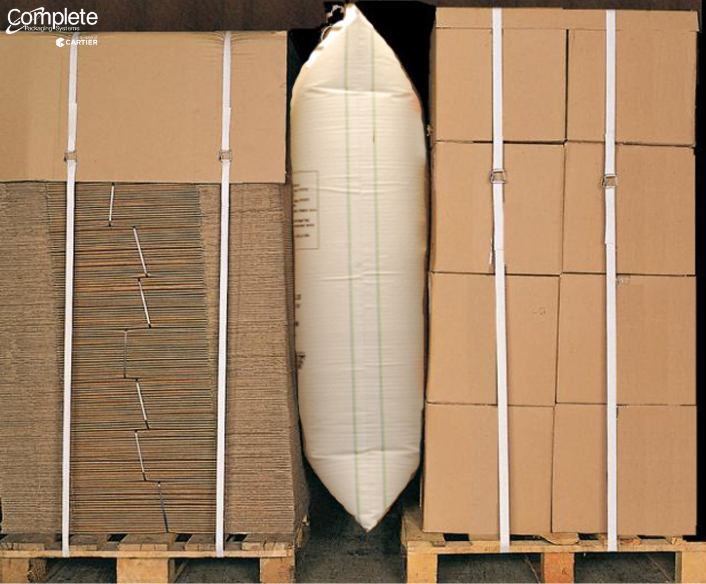
3 Dunnage Bag Mistakes & How to Avoid Them
At CPS, we specialize in helping businesses protect their products in transit with reliable cargo securement solutions.
Dunnage bags are one of the simplest and most cost-effective tools available, designed to keep shipments stable, reduce movement, and prevent damage. But even the best dunnage bag won’t perform properly if it’s used incorrectly.
Over the years, we’ve seen some common mistakes with dunnage bags that can lead to bag failure, damaged products, and unnecessary costs. By understanding these pitfalls and how to avoid them, you can maximize the performance of your dunnage bags and ensure your cargo arrives safely at its destination.
Here are the three most frequent mistakes we see when handling dunnage bags and the simple steps you can take to prevent them.
Not all dunnage bags are the same. They come in different strength levels and dimensions to meet the needs of specific load plans and modes of transport. Selecting a bag that’s too small or too weak can result in:
How to avoid it:
Choosing the right size and grade of dunnage bag ensures secure loads and fewer shipping issues.
Inflation levels play a critical role in bag performance. Both underinflation and overinflation can lead to major problems:
How to avoid it:
Correct inflation gives dunnage bags the strength they need to keep loads stable without risking damage to your products.
Even the best dunnage bag can fail if it’s placed incorrectly. Bags that touch pallets, walls, or the trailer floor are more likely to wear down from friction, leading to punctures and tears.
How to avoid it:
Proper placement not only prevents damage but also maximizes the life of your dunnage bags.
At CPS, we provide a full range of dunnage bag options and training support to help you and your team get the most out of your securement products. If you’d like guidance on choosing the right dunnage bag or training your staff on best practices, our team is here to help.